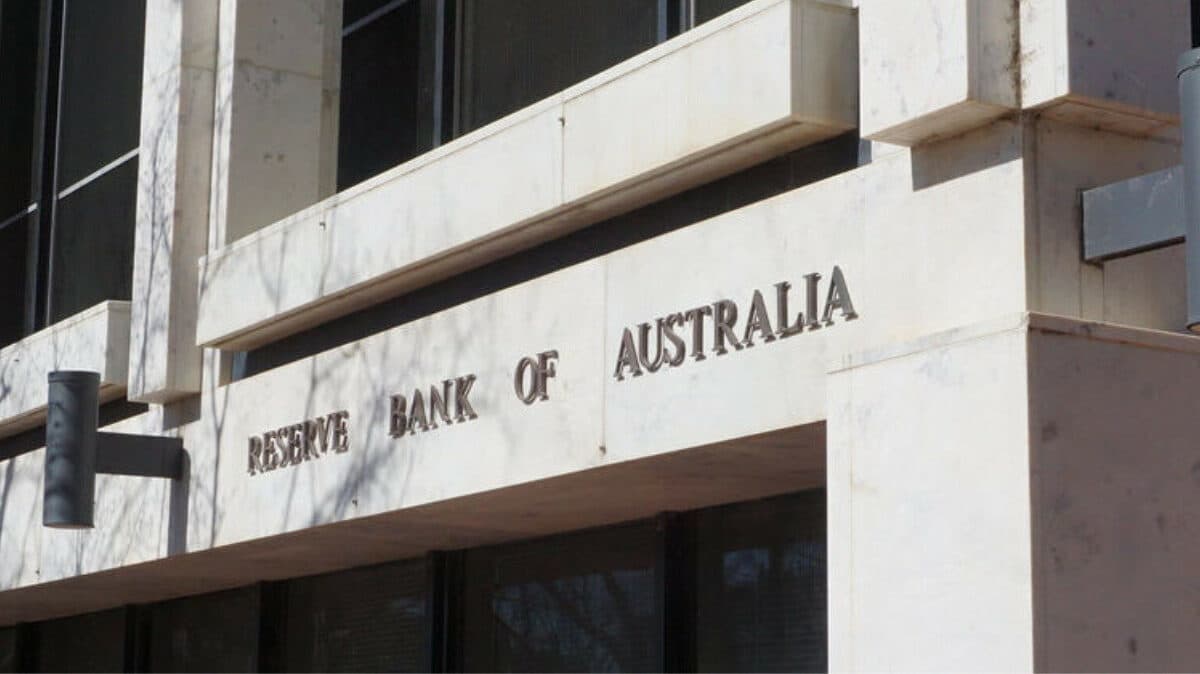Business conditions deteriorate despite low unemployment, while geopolitical tensions create market volatility
The Australian economy is presenting a complex picture of resilience and vulnerability as mid-2025 approaches, with the Reserve Bank of Australia (RBA) poised to deliver its third interest rate cut of the year while business conditions reach concerning lows.
Following lower-than-expected inflation data for May, the RBA is widely expected to cut the official cash rate by 0.25% at its July 7-8 board meeting. This would mark the third rate reduction in 2025, with economists predicting the cash rate will fall to between 3.1% and 3.35% by year-end.
The anticipated cuts come as a welcome relief for businesses grappling with accumulated cost pressures. Chief Economist Ivan Colhoun from CreditorWatch notes that lower interest rates will provide crucial support for both businesses and consumers facing ongoing financial strain.
Labor market strength masks business weakness
Australia’s unemployment rate has held steady at a remarkably low 4.1%, providing a solid foundation for consumer spending and confidence. However, this positive indicator contrasts sharply with deteriorating business sentiment.
The NAB business conditions index has plummeted to its lowest levels since the Global Financial Crisis, excluding the COVID-19 pandemic period. Retail and manufacturing sectors are bearing the brunt of these challenging conditions, with businesses in these industries reporting particularly weak operating environments.
June saw significant volatility in global energy markets as tensions escalated between Iran and Israel. Brent crude oil prices spiked to nearly $80 per barrel before retreating to around $68 as conflicts de-escalated following a ceasefire. Despite the dramatic intra-month movements, oil prices finished June largely unchanged from May levels.
The energy price volatility highlights one of the key pressures facing Australian businesses, particularly those heavily dependent on energy costs. However, the relatively stable month-end pricing has provided some relief to operators already squeezed by various cost pressures.
Looking ahead, attention will return to international trade tensions with a crucial July 9 deadline approaching. The United States has set this date for confirming trade deals with third countries, threatening to revert to higher “Liberation Day” tariff levels if agreements aren’t reached.
While the initial tariff levels weren’t particularly high for Australia, they pose significant challenges for key Australian trading partners including China, Japan, and South Korea. The lack of apparent progress toward comprehensive trade deals suggests potential timeline extensions may be necessary.
Insolvencies stabilise at elevated levels
Business failures and payment defaults have plateaued in recent months, though they remain at concerningly high levels. CreditorWatch’s proprietary data on business-to-business invoice defaults confirms this stabilization trend.
The leveling off of insolvencies is attributed to mid-2024 income tax cuts and cost-of-living support measures from state and federal governments. While it’s too early to see the full impact of February and May interest rate cuts, further reductions are expected to help offset negative pressures from tariffs and ongoing cost challenges.
The Australian economy faces a delicate balancing act in the coming months. While low unemployment and anticipated interest rate cuts provide support, deteriorating business conditions and ongoing geopolitical uncertainties present significant challenges.
Economists expect insolvencies to remain relatively stable at elevated levels over the next six to twelve months, with the full benefits of monetary policy easing yet to be realized. The effectiveness of this policy response in offsetting broader economic headwinds will be crucial in determining the trajectory of Australia’s economic recovery.
As businesses navigate this complex environment, the combination of lower borrowing costs and continued government support measures offers hope for stabilization, even as underlying conditions remain challenging across key sectors of the economy.
Keep up to date with our stories on LinkedIn, Twitter, Facebook and Instagram.

